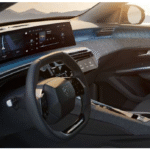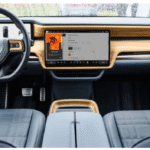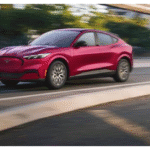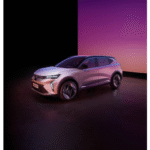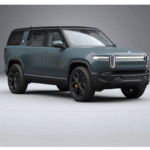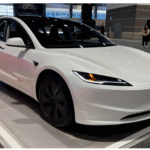As the electric vehicle market matures, charging speed is becoming a pivotal differentiator. These days, the quickest‑charging electric vehicles aren’t just performance showcases—they’re bridges across one of the last adoption hurdles: convenience. Here’s how manufacturers are responding in 2025.
BYD Han L & Tang L (Super e‑Platform, 1,000 kW)
BYD has dropped a bombshell in fast‑charging tech with its Super e‑Platform, debuting in the Han L sedan and Tang L SUV. This delivers up to 1 MW of charging power—equivalent to adding 400 km (250 miles) of range in just 5 minutes or taking the Han L from 10–70% in 6 minutes and full cap in 20 minutes. (electrek.co)
This breakthrough can rival the convenience of filling up a petrol car, marking a paradigm shift. While infrastructure deployment is still in progress—with BYD planning 500 to 4,000 MW‑class chargers across China—the implications are massive for long‑distance travel and charging anxiety. (en.wikipedia.org)
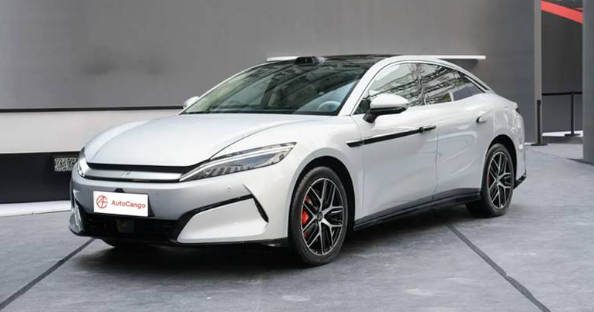
BYD HanL
Source: https://www.autocango.com/fr/carspecs-detail/BYD-HanL-AA3MRD
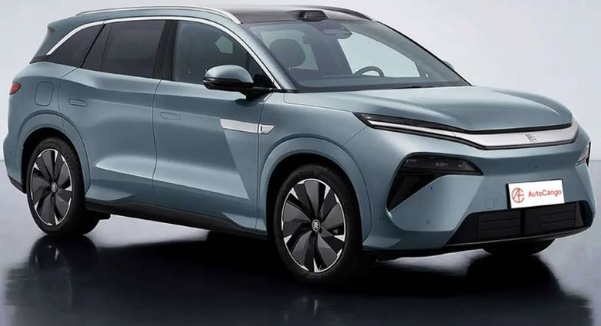
BYD TangL
Source: https://www.autocango.com/fr/carspecs-detail/BYD-TangL-Q1GQ3Y
Polestar 5 (800 V / 350 kW XFC)
Polestar’s upcoming Polestar 5, launching later in 2025, targets “Extreme Fast Charging” (XFC). With a linked 800 V architecture and 350 kW stations, it can reportedly gain 320 km of range in 10 minutes (150 km in 5 minutes) (recurrentauto.com). Collaborating with StoreDot for silicon‑dominant cells, Polestar is aiming at the upper level of charge speeds.

Polestar 5
Source: https://autos.yahoo.com/polestar-5-extreme-fast-charging-103912239.html
Lucid Air (≥300 kW, 924 V Architecture)
Lucid Air continues to dominate in fast charging. It leverages a high‑voltage 924 V system and hits 300 kW peak, with real‑world rates reaching 343 kW (recurrentauto.com). Lucid claims you can gain 300 miles in 20 minutes, while other sources report 10–80% in ~22 minutes (canalcarro.net.br)
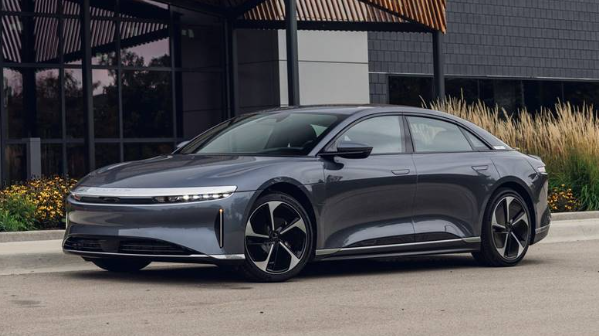
Lucid Air Pure
Source: https://www.caranddriver.com/lucid-motors/air
Hyundai Ioniq 6 & Kia EV6 (≈235 kW peak)
Hyundai’s sleek Ioniq 6, rated at 235 kW peak, can add 100 miles in just 9 minutes—or reach 10–80% in under 18 minutes (recurrentauto.com). Sharing the E‑GMP platform, the Kia EV6 closely follows: 236 kW peak and roughly 9.7 minutes to add 100 miles or 10–80% in 18 minutes (electricdrives.tv)
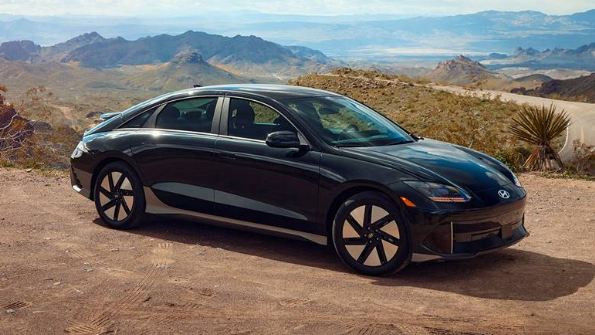
Hyundai Ioniq 6
Source: https://www.caranddriver.com/hyundai/ioniq-6
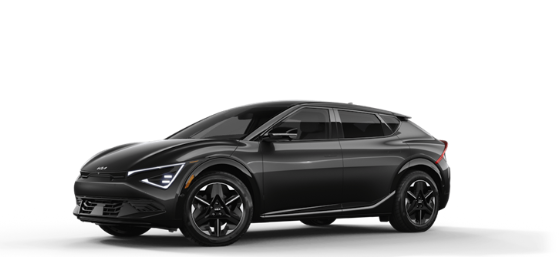
KIA EV 6
Source: https://www.kia.com/us/en/ev6
Porsche Taycan / Audi e‑tron GT (≈320 kW)
Porsche’s foray into 800 V architecture gives us the Taycan, charging at 270–320 kW peak for 10–80% in around 18 minutes. (moveelectric.com) The e‑tron GT, sharing that platform, follows suit with fast charging up to 320 kW. (moveelectric.com)
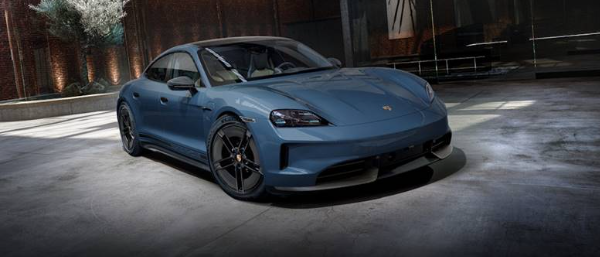
Porsche Taycan
Source: https://www.porsche.com/international/accessoriesandservice/exclusive-manufaktur/uniqueness/taycan/
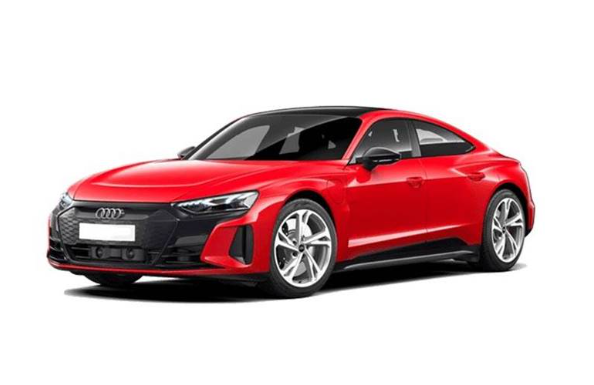
Audi e tron GT
Source: https://www.pakwheels.com/new-cars/audi/e-tron-gt/
Lotus Eletre (350 kW)
Lotus enters the fast‑charging race with its SUV, the Eletre, capable of 350 kW, hitting 10–80% in roughly 20 minutes—or gaining 74 miles in 5 minutes. (daxstreet.com) With Geely backing, Lotus delivers hyper‑EV performance alongside compelling pricing (around £89.5K in the UK).
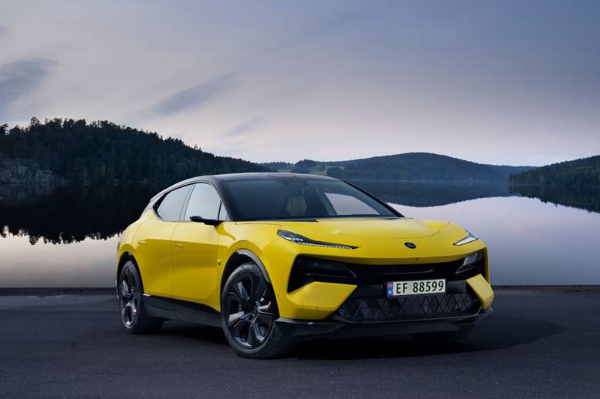
Lotus Eletre
Source: https://www.wired.com/review/review-lotus-eletre/
Kia EV9 (210 kW peak)
Kia’s large SUV, the EV9, tops out at 210 kW. The Light RWD trim can do 10–80% in 20 minutes, with peak performance thanks to 800 V architecture. (carbuzz.com) Though slower than its siblings, its fast charging remains impressive for its size and range.
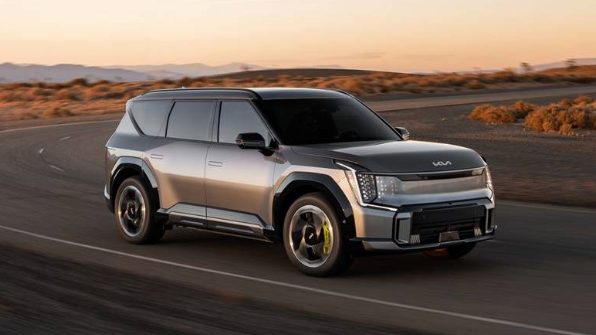
KIA EV 9
Source: https://www.caranddriver.com/kia/ev9
Genesis GV60 / Electrified G80 (235–350 kW)
Genesis, the luxury arm of Hyundai‑Kia, brings fast charging to luxury. The GV60 hits 235 kW peak, charging 10–80% in ~18 minutes. (canalcarro.net) The flagship Electrified G80 can reach up to 350 kW on ideal stations, rebuilding 10–80% in roughly 22 minutes. (independent.co.uk)
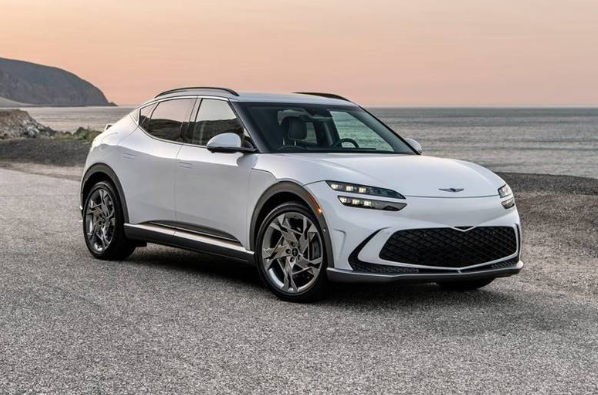
Genesis GV60
Source: https://www.edmunds.com/genesis/gv60/
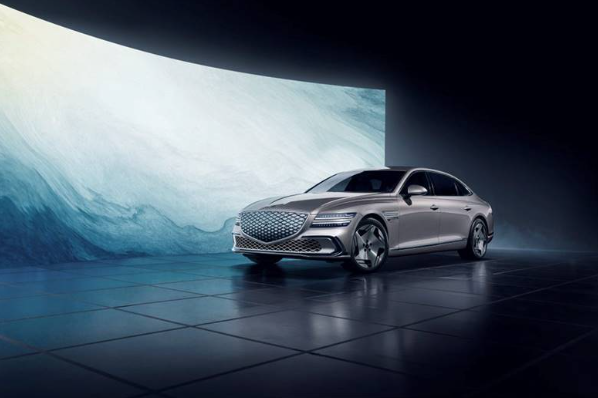
Genesis Electrified G80
Source: https://www.caranddriver.com/photos/g61498004/2026-genesis-electrified-g80-gallery/
Mercedes‑EQS 580 (120 kWh / ~27 min)
Even in the luxury ultra‑size class, the EQS 580 stays competitive with 27 minutes from 0–80%(climatebiz.com) That’s strong tech for a vehicle in the S‑class luxury segment.
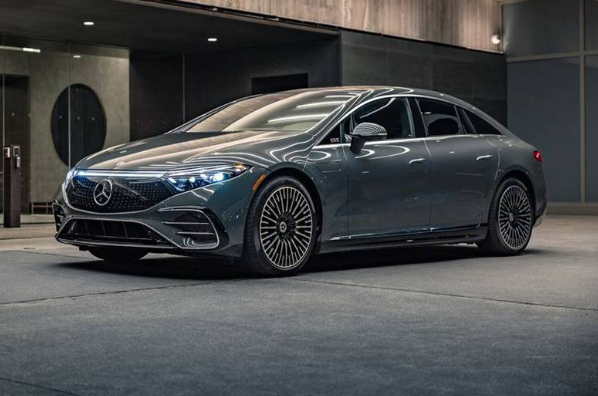
Mercedes‑EQS 580
Source: https://www.edmunds.com/mercedes-benz/eqs/2024/eqs-580-4matic/
Chevrolet Silverado EV / GMC Hummer EV SUV (300–350 kW)
GM’s electric vehicle trucks bring fast charging to the utility side:
- Silverado EV: 350 kW peak, 10–80% in 28 minutes for 308 miles added. (electrek.co)
- GMC Hummer EV SUV: 300 kW peak with dual/tri‑motor platforms. (motortrend.com)
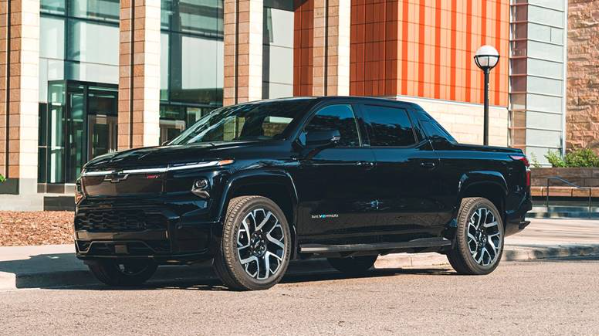
Chevrolet Silverado EV
Source: https://www.caranddriver.com/chevrolet/silverado-ev
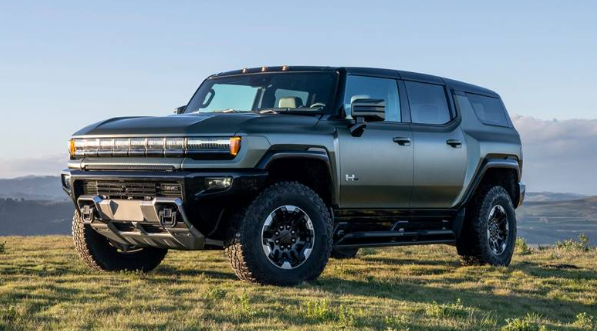
GMC Hummer SUV
Source: https://www.caranddriver.com/gmc/hummer-ev-suv
Battery Tech & Architectures: The Formula for Speed
Ultra‑fast charging needs more than big chargers—it demands advanced tech:
- High‑voltage systems (800–1,000 V and above) reduce current, minimize heat, and allow for smaller, lighter wiring.
- Cemented charge acceptance curves: Vehicles must sustain high power beyond initial bursts.
- Battery chemistry: New cell chemistries—like BYD’s Blade cell or Polestar’s silicon‑dominant mixes—reduce degradation at high C‑rates. (businessinsider.com)
- Thermal management: Liquid‑cooled systems are essential to keep batteries cool at high power.
- Bi‑directional charging: Cars like Lucid support V2V and V2G, turning fast charge tech into multi‑role energy devices. (en.wikipedia.org)
Quick Overview: Charging Speed Comparison
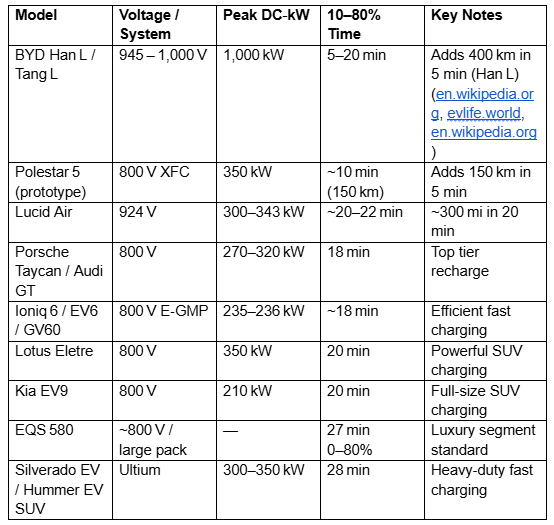
Why This Matters
- Long‑haul viability: With 100‑mile fill‑ups in under 10 minutes, fast charging starts to rival petrol efficiency—road trips no longer feel like endurance tests.
- Incentivizes electric vehicle adoption: Renowned drivers still worry about charge times. Sub‑15‑minute stops reduce hesitation.
- Supports dynamic energy grids: Vehicles with V2X abilities can help balance peak demand and evolve into mobile power stations.
- Downstream benefits: Truck owners, fleet operators, and commercial users gain flexibility with minimized downtime.
Challenges & What’s Next
- Infrastructure bottlenecks: Rolling out 1 MW chargers globally—particularly outside China—will take time and agreements (grid upgrades, standards).
- Pricing premium: Early adopters pay more. BYD’s Han L starts at ~$30,000 in China—cheaper than many US/Euro counterparts. (carbuzz.com) But Polestar, Lucid, Porsche, Lotus remain premium-priced.
- Battery longevity: Though advanced chemistries are designed for longevity under fast duty, long-term real-world degradation data is still being collected.
- Cross‑compatibility: Ensuring that 1 MW chargers work with multiple brands will need fast standardization and regulations.
Looking Ahead
- BYD plans to expand MW‑class stations beyond China—it’s a global play .
- CATL’s Shenxing battery adds 520 km in 5 minutes, even testing sub‑zero environments successfully. (ft.com)
- Expect a wave of new models (e.g., Nio ET9 at 600 kW, upcoming Chinese launches) to challenge current records. (en.wikipedia.org)
- As more 800–1,000 V architectures become mainstream, even mid-tier electric vehicles will inherit rapid‑charge traits.
Conclusion
2025 is the year fast charging evolved from pleasant surprise to core pillar of electric mobility. From BYD’s MW platform to Lucid’s record‑setting performance and Polestar’s upcoming XFC push, rapid charging is reshaping electric vehicle expectations. Whether you’re a tech nerd, environmentalist, fleet manager, or family planner—faster fill‑ups mean less downtime and far wider adoption.
For drivers hoping to embrace electric vehicles without compromise, this revolution can’t come soon enough. And while infrastructure still needs catching up, the electric vehicles rolling off production lines today prove that electric vehicles can—and are—delivering gasoline‑style convenience.
Note: Charging times are based on ideal testing conditions and peak output stations. Actual results will vary based on battery temperature, charger capability, and grid constraints.
